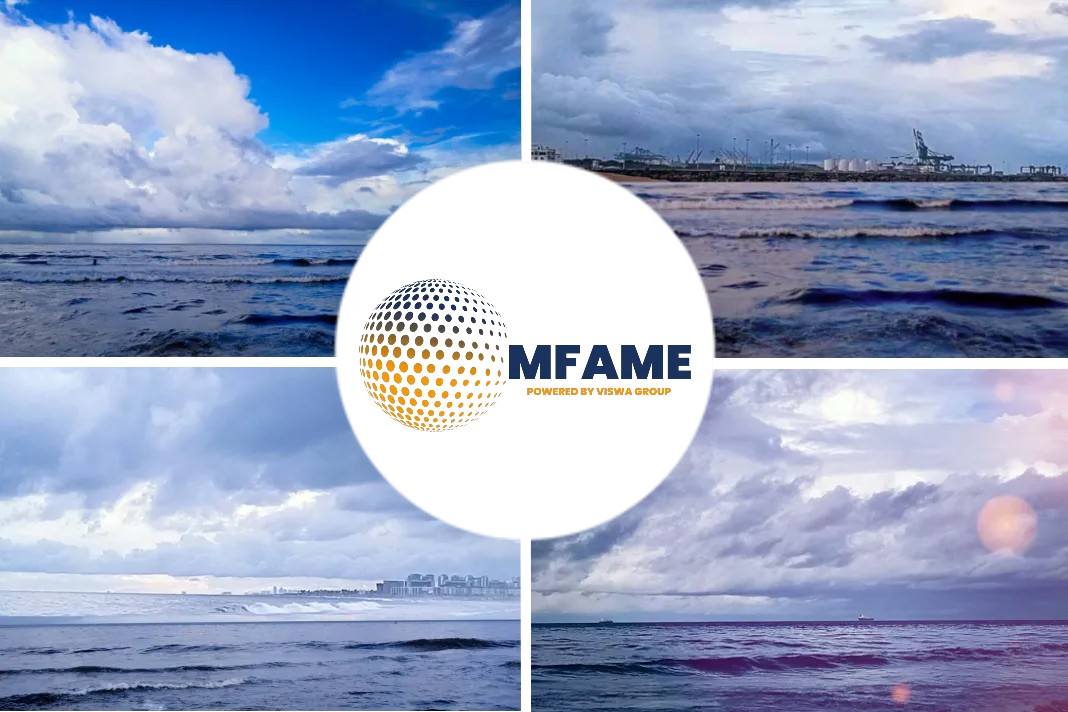
The Long Range clean tanker market has seen sharp declines in freight rates since June 5, due to weak refining margins, less exportable surplus and high storage inventories. The weakness in the market stands in contrast to previous years when the usual pre-summer demand for gasoline and jet fuels is typically robust.
LR1 fixtures
LR rates in the Middle East, Far East, and Southeast Asia have been decreasing consistently since June 5, reaching a four-month low. Platts data shows that LR1 55,000 mt Arab Gulf-Japan freight was assessed at $35.02/mt on June 12, down from $43.10/mt on May 31. Cargo counts for LR clean tankers are low and continuing to decline, leading shipowners to choose shorter haul voyages within the Middle East or backhaul in North Asia. The number of LR1 fixtures in the Persian Gulf, India’s west coast, and Red Sea ports for long-haul voyages have decreased compared to the six-month moving average. The decrease in cargo inquiries and the unused export quota for refined products in China are contributing to the lower freight rates in the region. Brokers predict that rates will decline further before rebounding in the future.
Earnings under pressure
The decline in LR rates in the Middle East, Far East, and Southeast Asia has led to significantly lower earnings for shipowners. On the benchmark Persian Gulf-North Asia LR routes, shipowners are now earning $19,000-$23,000 per day, compared to $73,000-$83,000 per day a year ago. When the gasoline arbitrage window opened in Europe, LR freight rates initially rose, and shipowners took advantage of the increased prices. However, the surge in freight rates was short-lived, and the market quickly became oversupplied as demand weakened. Charterers progressively lowered their bids, causing LR1 rates in Europe to decline. Platts assessed the LR1 UK Continent to West Africa run at w125, down from w135 on May 31, whereas it was around w300 in early June 2022. Shipowners had hoped for sustained demand from the US, West Africa, and Brazil, but the arbitrage economics did not work well, leading to a decrease in rates and an oversupply in the LR market. Shipowners are now focused on achieving long-term stability despite lower earnings compared to the previous year.
LR2 market unsustainable
The LR2 market in Europe experienced a similar trend as the LR market in the East. Freight rates for the Mediterranean to Japan voyage increased from $2.8 million to $3.2 million in late May when the East market saw a jump. However, the increase was not sustainable due to a lack of new cargo injections. As the Persian Gulf-Japan rates softened, the LR2 market in Europe started to decline, causing shipowners to become anxious. Some shipowners attempted to secure diesel cargoes on the US Gulf Coast for trans-Atlantic runs, but the arbitrage economics didn’t work out favourably. Consequently, LR owners in Europe decided to ballast through the Suez Canal, hoping to load cargoes in the Persian Gulf to meet demand in the Far East.
Did you subscribe to our newsletter?
It’s free! Click here to subscribe!
Source: S&P Global


















